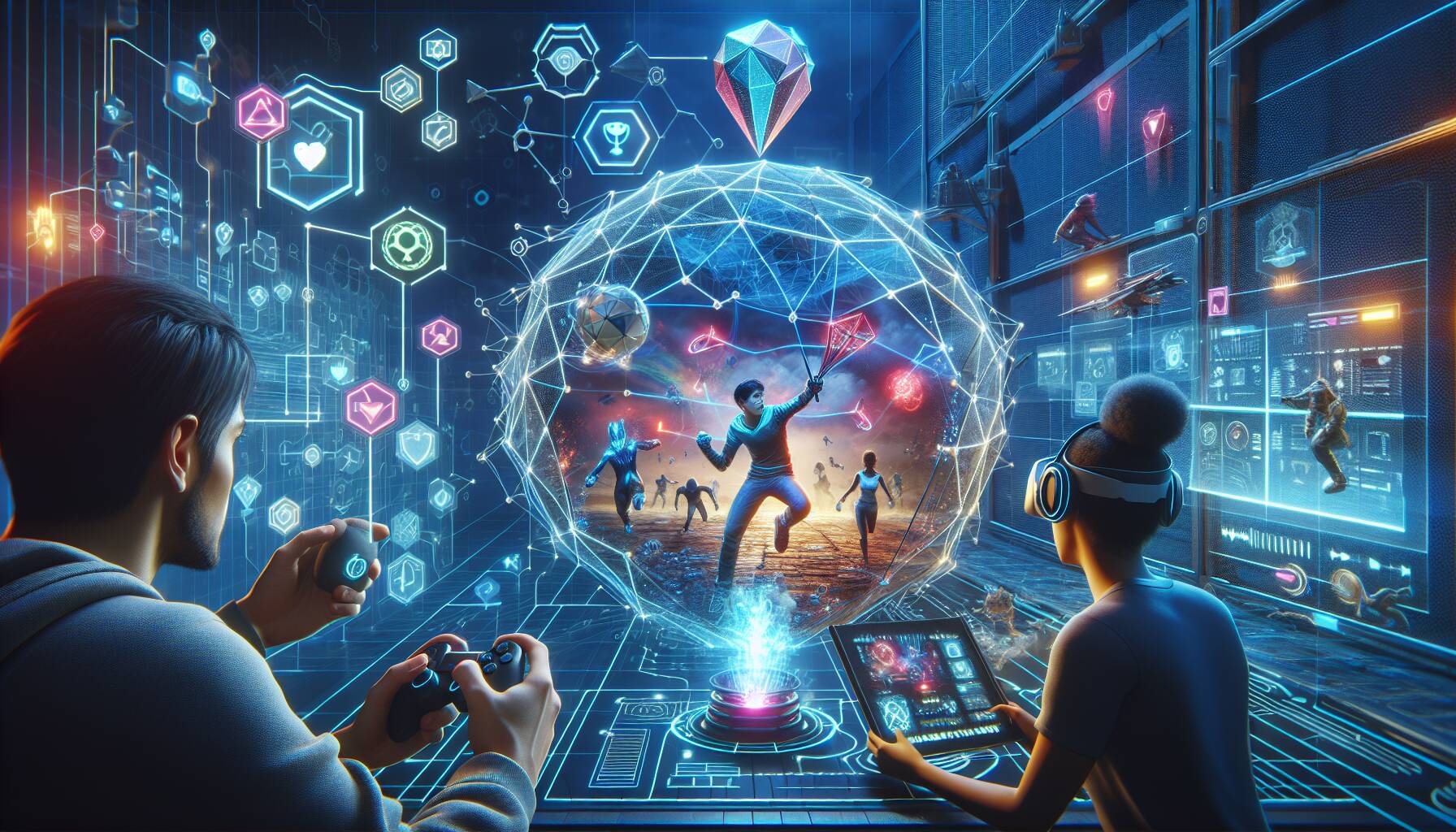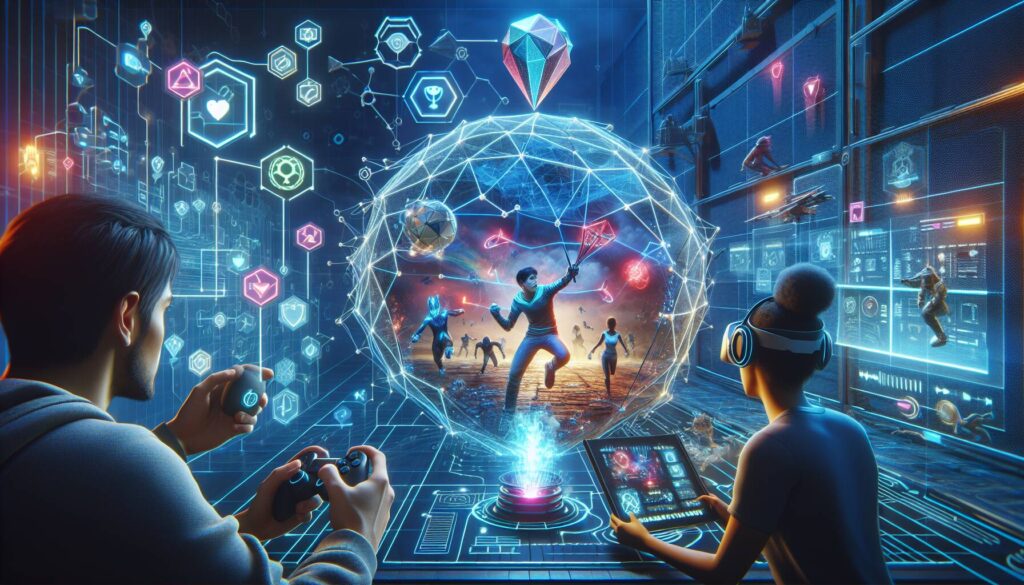As the cryptocurrency landscape evolves, Web3 gaming finds itself at a pivotal crossroads. Once brimming with promise, the sector has recently faced significant challenges, with a noticeable drop in funding and player engagement. Since 2020, over billion in venture capital has poured into Web3 gaming, yet many anticipated breakthroughs have yet to materialize. The glittering promise of tokenized ownership and player agency is met with skepticism as token values tumble and several gaming studios shutter their doors.
“Measuring Web3 gaming by token prices alone is like calling the internet a failure because of the dot-com crash,” emphasizes a veteran game developer with over 20 years in the industry.
At the heart of Web3 gaming is the revolutionary idea of player ownership—not just over in-game items but also over identities and achievements. Unlike traditional gaming, where time, money, and effort translate into assets owned by the publishers, Web3 allows players to retain ownership thanks to blockchain technology. This paradigm shift offers a unique opportunity for players to participate in an interconnected, player-driven economy.
Despite current struggles, the spirit of innovation within the Web3 gaming ecosystem persists. Many industry stakeholders argue that comparing Web3 to the long-established Web2 gaming world may be misleading. Traditional gaming enjoys years of polished design, extensive player bases, and successful business models, while Web3 is still in its experimental stage. However, supporters assert that the industry is on the cusp of significant breakthroughs, as seen with the notable success of titles like Axie Infinity and emerging projects on innovative platforms.
“Good games take time,” the developer asserts, highlighting a wave of gaming titles experiencing increased player engagement, including ‘Pixels’ and ‘Parallel.’
With millions of users on their blockchain and a flurry of new games on the horizon, Web3 gaming is positioning itself for a resurgence. As the sector continues to develop sustainable economies and deepen player experiences, its potential becomes clearer. The challenges it faces might appear substantial now, but history suggests this sector could be on the brink of the kind of transformation that could alter the gaming landscape forever.

Understanding the Future of Web3 Gaming
As the landscape of Web3 gaming evolves, it’s essential to recognize key points that will shape its future and potentially impact players and investors alike.
- Real Ownership and Control
- Players gain true ownership of in-game assets, allowing for greater agency and recognition.
- Digital items owned by players are on-chain, making them less vulnerable to central authority decisions.
- Transitioning Economies
- Web3 gaming aims for open, interoperable, and player-driven economies, moving away from traditional restrictions.
- Previous successes in Web2 gaming demonstrate the strong demand for player-driven asset ownership.
- Evolution Beyond Play-to-Earn
- The industry is focusing on building sustainable virtual economies rather than relying solely on play-to-earn models.
- Successful games like Axie Infinity show a shift towards deeper gameplay and long-term player engagement.
- Long-Term Development Perspective
- Web3 gaming is still in its developmental phase, needing time to refine its mechanics compared to established Web2 counterparts.
- Investment alone does not guarantee success; cultural and gameplay innovation is equally vital.
- Growing Evidence of Market Viability
- Games like Pixels demonstrate sustainable player engagement, where in-game transactions exceed cash-outs.
- Events such as Parallel’s world championship highlight increasing recognition and prestige in the Web3 gaming arena.
- Call to Action for Enthusiasts
- Despite challenges, the community is encouraged to remain invested and supportive, emphasizing patience and long-term commitment.
- Critics who dismiss Web3 gaming may miss out on significant upcoming innovations and opportunities.
“Web3 is growing and innovating faster than any other sector in gaming. It’s not time to quit. It’s time to double down.”
Web3 Gaming: The Resilience and Future of Digital Ownership
In a landscape where Web3 gaming is critically assessed alongside its predecessors, it’s essential to recognize the distinctive advantages that this emerging category offers. While traditional gaming has enjoyed decades of tuning and audience-building, Web3 gaming pioneers have leveraged blockchain technology to provide authentic player ownership of in-game assets. This shift empowers gamers with the ability to truly own their achievements and investments, a contrast to conventional models where publishers retain control over digital goods. This differentiation positions Web3 gaming not merely as another trend but as a foundational shift in how players interact with digital worlds.
However, the Web3 gaming sector is not without its challenges. Despite accumulating over billion in venture capital, the anticipated mainstream success has been elusive, leading to skepticism among players and investors alike. The recent downturn in token prices and the shuttering of studios contribute to a narrative that echoes similar struggles during the dot-com crash, emphasizing the volatility within this new landscape. This disillusionment could pose a problem for budding developers in the space, instilling fear in potential backers and hindering innovation due to a lack of funding.
On the brighter side, revolutionary brands have demonstrated that with the right approach, Web3 gaming can yield sustainable ecosystems. Take for instance, the noteworthy success of Pixels—boasting 1.3 million daily active users despite market turbulence. This resilience stems from genuine player engagement and a commitment to enhancing the gaming experience rather than merely capitalizing on token sales. Such case studies can act as an inspiration for other Web3 projects, showcasing that success lies in grounded gameplay rather than speculative economics.
For players and developers alike, Web3 gaming represents a gamble that could pay substantial dividends. As the industry gradually improves its infrastructure and user retention strategies, those involved can benefit tremendously from early adoption. Yet, as with any nascent technology, there are potential pitfalls, particularly for those who enter the space with unrealistic expectations. Developers need to remain vigilant, ensuring they focus not only on creating enticing gameplay but also on establishing solid metrics for success beyond mere token performance, which may safeguard them against the volatility that has characterized the sector’s early years.
In essence, while Web3 gaming faces its share of difficulties, it also offers significant potential for disruption in the gaming industry. By promoting player agency and creating interoperable economies, it has the power to redefine the gaming experience. Those willing to embrace the journey—be they players, developers, or investors—may find themselves at the forefront of a gaming revolution, changing the narrative from doom and gloom to a thriving digital future.
















